departmentoftransportation
Latest
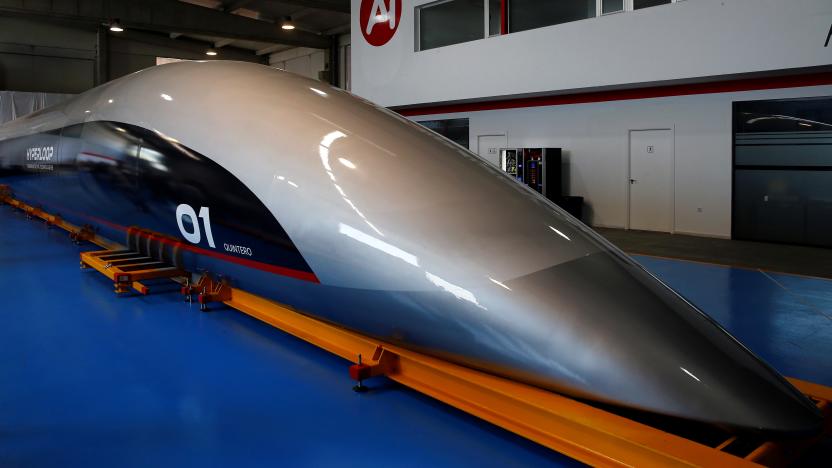
Hyperloop projects are now eligible for federal funding in the US
The DOT has issued guidance on a federal regulatory framework.

Proposed FAA rules loosen restrictions on drone flights at night
Right on the heels of Canada introducing new, stricter regulations for drone operations, the US Department of Transportation proposed a new set of rules for drones that would allow the unmanned vehicles to fly over populated areas and operate at night. The proposal also includes a pilot program for drone traffic management that would help to integrate the aircraft into the nation's airspace.

US DOT tells self-driving shuttle company to stop transporting kids
Sorry kids, neither you nor robots can be trusted. The US Department of Transportation's National Highway Traffic Safety Administration (NHTSA) has told Transdev North America to stop hauling children around in its EZ10 Generation II autonomous shuttles in Babcock Ranch -- a community in Southwest Florida.

US Department of Transportation updates autonomous car rules
The US Department of Transportation has released its latest set of voluntary guidelines for automated driving systems, a report that builds on previous versions released over the past two years. With Preparing for the Future of Transportation: Automated Vehicles 3.0, the DOT outlines additional safety principles, updates policy and offers guidance to state and local governments. "The integration of automation across our transportation system has the potential to increase productivity and facilitate freight movement," said DOT Secretary Elaine Chao. "But most importantly, automation has the potential to impact safety significantly -- by reducing crashes caused by human error, including crashes involving impaired or distracted drivers, and saving lives.

US will test expanded drone use in 10 states
The US government is making good on its promise to expand the use of drones. The Department of Transportation has named the 10 projects that will participate in its Unmanned Aircraft Systems Integration Pilot Program, and they represent a wide swath of the country. Most of them are municipal or state government bodies, including the cities of Reno and San Diego, Memphis' County Airport Authority and the Transportation Departments for Kansas, North Carolina and North Dakota. However, the rest are notable: the Choctaw Nation of Oklahoma will be part of the program, as will the University of Alaska-Fairbanks and Virginia Tech.

NHTSA proposal would override California's tougher emissions rules
The Trump administration hasn't been shy about wanting to roll back emissions and fuel economy guidelines, but there's been a key obstacle to that: California. It has a waiver permitting it to apply tougher emissions standards, and that (combined with support from 12 other states) effectively dictates the rules for automakers across the US. Officials may soon force California to honor looser federal standards, however. The Wall Street Journal has learned of an NHTSA proposal that would not only freeze increases on fuel emissions standards between 2020 and 2026, but would include "scenarios" that would let it override or even eliminate California's authority to maintain its own increases.
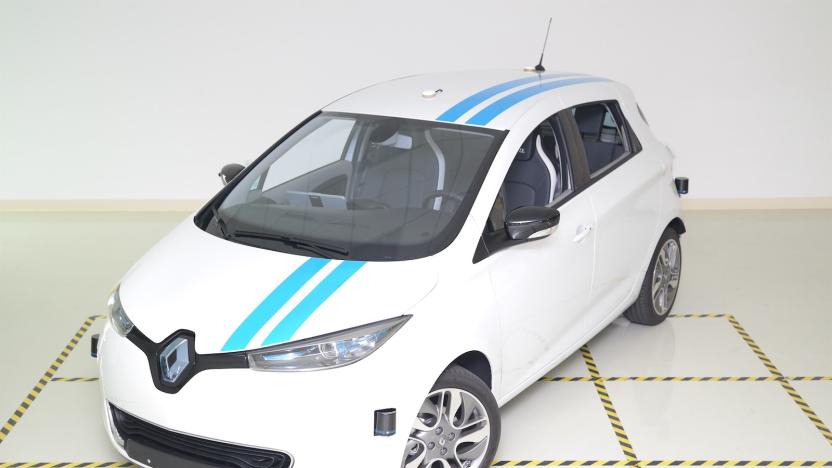
Renault's self-driving car can avoid obstacles like pro drivers
The Renault Group announced today that its autonomous vehicle control system can avoid obstacles just as well as professional test drivers. The company said that in designing the system, it was actually inspired by these drivers' abilities and used them as a sort of benchmark as to what level its technology should be performing.

US DOT outlines safe transition to self-driving cars
US legislation for self-driving cars first made its way to the House of Representatives this past July. The bipartisan SELF DRIVE Act passed the House vote on September the 6th, and will now need to go through the Senate. Odds are that we'll see autonomous cars on the road sooner rather than later, thanks to this bill and new voluntary guidance The US Department of Transportation and the National Highway Traffic Safety Administration (NHTSA). The governmental agencies released new guidelines on Tuesday that provide federal guidance for automated driving systems to both individual states and businesses.
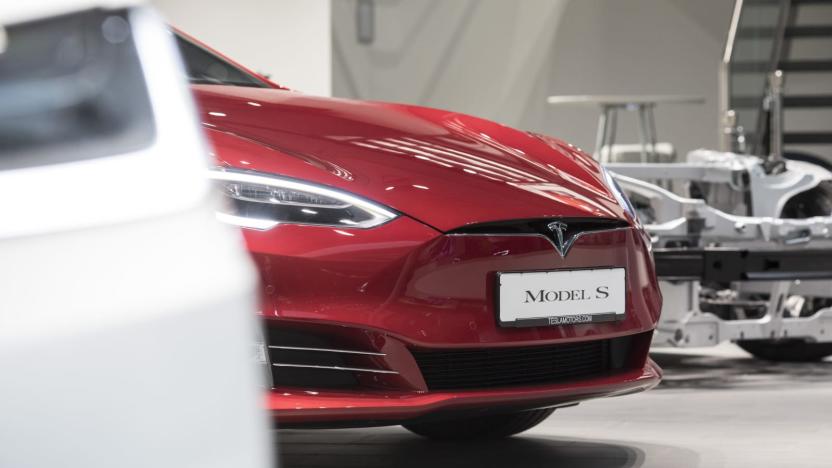
NTSB places blame on both driver and tech in fatal Tesla crash
The National Transportation Safety Board (NTSB) has made its final determinations on the cause of the fatal Tesla Model S crash that took place in Florida in May of last year. In a report set to be released in the next few days, the NTSB concludes that the accident was the fault of both drivers and has issued a series of recommendations to the Department of Transportation (DOT), the National Highway Traffic Safety Administration (NHTSA), manufacturers of Level 2 automated driving systems, the Alliance of Automobile Manufacturers and Global Automakers.
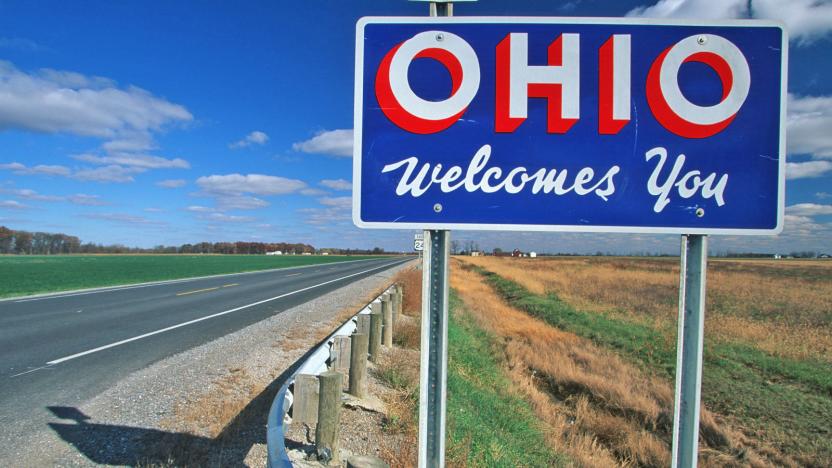
Self-driving cars to prove their mettle on an Ohio highway
When you think of American states that are crucial to the future of transportation, you probably think of California, Michigan and maybe Nevada. Ohio, however, is determined to put itself on the map. Thanks to a mix of federal and local funds, the state is wiring a 35-mile portion of Route 33 for vehicle-to-infrastructure communication tests. Ideally, this will solve traffic issues by helping connected and self-driving cars talk to both highway systems and each other. With enough test data, these smarter cars could both take better advantage of the available lanes and drive in closely-packed platoons.
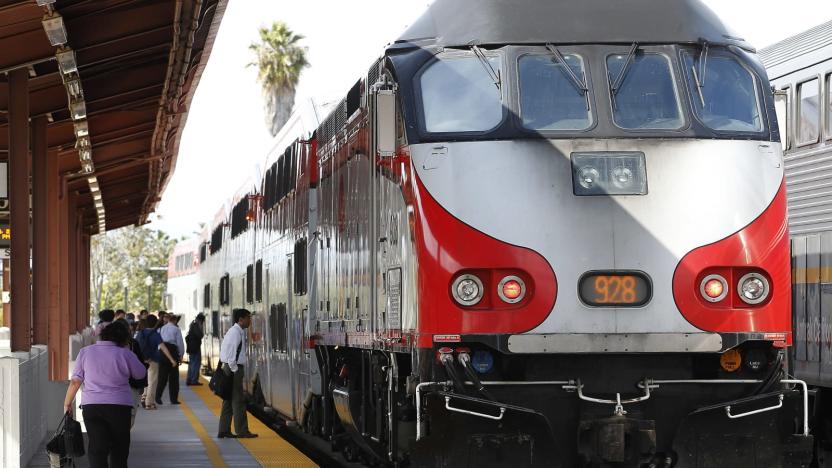
Caltrain will finally go electric thanks to FTA funding
The future of California's high-speed rail project relies in part on an initiative to migrate Silicon Valley's Caltrain corridor from a fleet of outdated diesel engines to a more modern electric system. That electrification project was put in jeopardy earlier this year when state Republicans asked Trump's Department of Transportation Secretary Elaine Chao to block a $650 million federal grant, claiming it should be shut down due to cost overruns. Now, in response to Caltrain's petition, the Federal Transit Administration has announced it will approve the funds and the upgrade can finally move forward after decades of delays.

DOT establishes 10 autonomous vehicle proving grounds
So far, testing autonomous vehicles on city streets has had mixed results. Uber's plan did not go over well in the company's hometown of San Francisco, but cities like Phoenix and Boston have been a little more receptive to the idea. Now, to solve some of those bureaucratic headaches and foster a little more collaboration at the same time, the US Department of Transportation has laid out 10 autonomous vehicle proving grounds where research teams, automakers and startups can try out their technology before it hits the streets.

US establishes a federal committee on automation
Someday, self-driving vehicles could rule the roads, what with several tech titans, ride-hailing companies and automakers developing their own. To prepare for the era of autonomous vehicles, the United States' transportation department has established a federal committee on automation. The committee, comprised of industry experts, will work in the development and deployment of not just autonomous cars, but also trains, buses, planes and even drones or unmanned aerial vehicles. They'll help shape policy and regulations, determine what areas need more research and prepare for autonomous vehicles' infrastructure needs.

You might be warned if your next flight allows WiFi calling
Between screaming babies, flatulent passengers and that guy ahead of you who insists on leaning all the way back, air travel can be pretty miserable. And that's before you think about the possibility of someone loudly making a call over WiFi during your flight. The Department of Transportation wants to address that last bit, though.

US proposes a phone 'driver mode' to reduce in-car distractions
Smartphones already have car-optimized interfaces like Android Auto and Apple CarPlay, and you'll occasionally see safety measures that shut off features (and enable others) while you're driving. However, the National Highway Traffic Safety Administration wants to do better. It's proposing voluntary guidelines that would both encourage phone makers to both include pairing with infotainment systems (much like Android Auto and CarPlay) and, crucially, a "driving mode" that cuts back on distractions. It would have a simpler interface that minimizes the time you spend looking away from the road, and either disables or downplays features that you don't need while on the move.

US plans electric car charging networks along highways
While the range of modern electric cars is good enough that you can safely commute around town without running out of power, cross-country trips are still challenging. Tesla drivers have access to Superchargers, but what if you're driving a rival EV with a less robust charging network... or you're going somewhere that has no chargers at all? The Department of Transportation is changing that. It's creating 48 EV charger "corridors" in US highways that will address 35 states and cover approximately 25,000 miles. You'll find stations (both current and upcoming) every 50 miles, and states will use common signs to let you know when charging is available at the next exit.

US mulls speed-limiting devices for buses and big rigs
Large vehicles like buses and big rig trucks are just as much of a safety concern as everyday cars, and US regulators think technology might be the key to saving lives. The NHTSA and FMCS have proposed installing speed-limiting devices on big commercial vehicles (those with a weight rating over 26,000lbs) to both reduce the chances of a crash and minimize damage when an accident happens. It could help with fuel efficiency and durability, too, by discouraging lead-footed drivers.

Department of Transportation bans e-cigarettes in checked baggage
Like the FDA, which recently decided to regulate e-cigarettes like tobacco products, the Department of Transportation has also decided to treat e-cigarettes like a fire hazard. The DOT issued a final rule today, banning e-cigarette batteries in checked baggage.

Google lays out its autonomous car proposal to the Feds
The head of Google's self-driving car program, Chris Urmson, sent a letter to the Department of Transportation on Friday outlining a proposal that would fast-track self-driving car technology and expedite the process of taking the technology mainstream. Current US law prohibits vehicles which cannot be driven by a human -- as is the case with the steering wheel-less Google Car -- from operating on public roads. And, rather than wait for these existing laws to eventually catch up to the technology, Google wants the government create a special permitting system wherein any auto manufacturer, having shown that their vehicle meets federal safety standards, could petition regulators for permission to sell them. For their part, regulators would be empowered to dictate usage limitations for the applicant vehicles based on prevailing safety concerns.
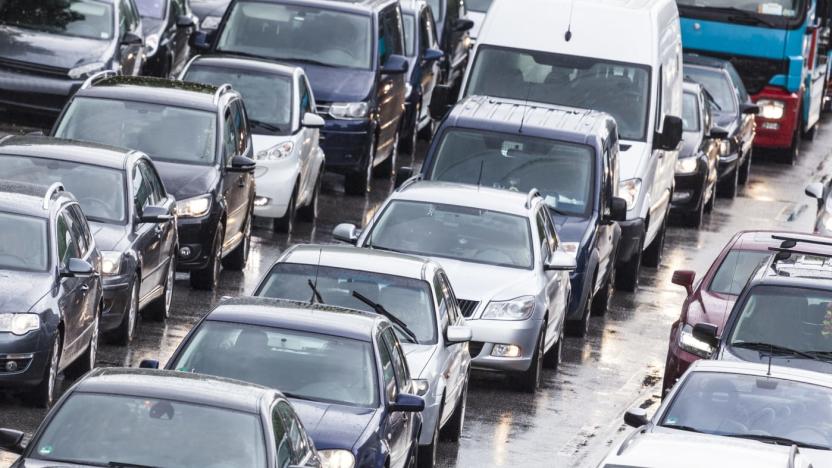
DoT and Alphabet plan to battle gridlock
Department of Transportation secretary Anthony Foxx and Alphabet's Sidewalk Labs announced a transportation platform today called Flow. The system will grab data from in-the-street sensors, WiFi-enabled Kiosks and anonymized information from Google-owned apps Maps and Waze to help inform cities about traffic. It will be rolled out to the winner of the Smart City Challenge for no cost.








